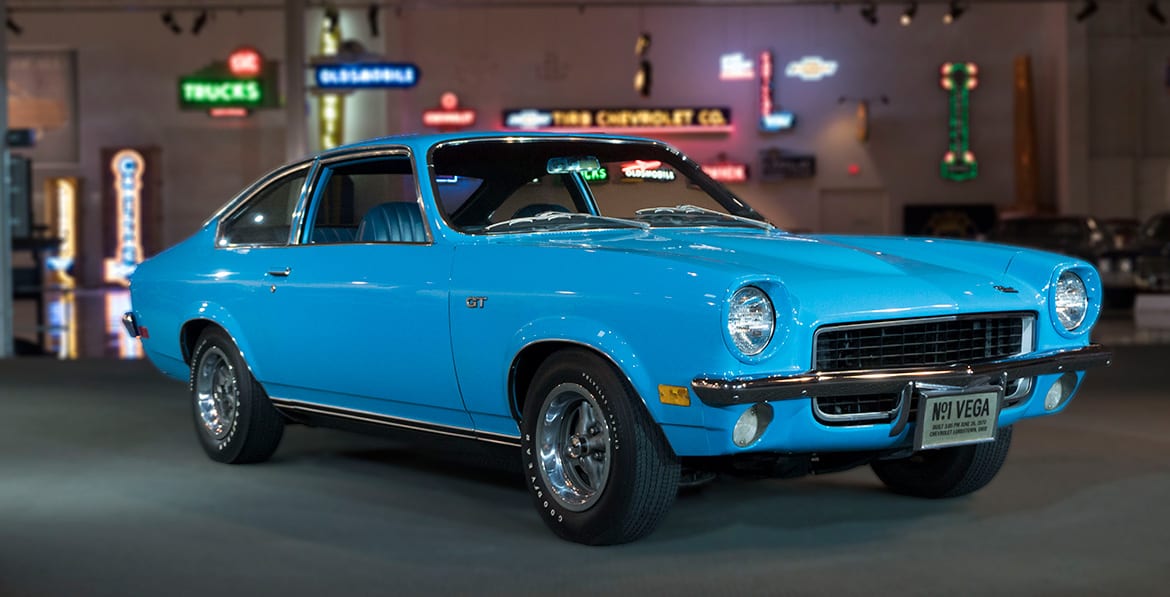The late seventies were a truly unfortunate time for the American Automobile. The Japanese had sailed their superior, more economical cars across the Pacific. General Motor’s response was akin to an old man heckling passing whippersnappers from his front stoop. It looked bad from the outside, and it wasn’t much better on the inside. Ken Root, a former designer for GM during this tumultuous period, gave some details.
“A lot of the older guys were leaving, and they were bitching and moaning about all of the safety stuff, and ‘oh, we gotta make it smaller.’ “
“They didn’t make it really inviting to be there.”
GM’s sales were suffering due to the oil crisis of 1973. The automaker was struggling to adapt to a market where big V8s seemed totally obsolete. Foreign makes such as Volkswagen, Honda and Toyota were eating their lunch. Root insisted it wasn’t all bad, but concepts he and others liked were being shoved out into the hallway. He cites this poor studio culture as a reason behind his short tenure at the Detroit automaker (only two years).
A Bouncy Oldsmobile
Root says he contributed most to the design of the 1978 five-door Oldsmobile Cutlass; and just as the corporate bean-counters were having troubles, the designers were too.

“We had these sort of ritual viewings of the big [full scale] clay models outdoors” Ken told me.
“They had like a forklift converted to pull out the model, which was on a dolly. As it was coming out of the door, it sort of bounced a bit, and the whole front end fell off.”
With only an hour and a half until the big outdoor showing, the designers had to fix the mess. The model was in pieces, and its paint would have to be hastily retouched once it was back together.
“Somebody ran into the shop, and they had the shop guys make some big broomsticks with a point on the end.”
This–of course–was made more complicated due to the structure of the unions at General Motors. The designers could only instruct others what to do, not do it themselves. Union modelers had to do any and all repairs to the clay. The designers could only stand on the sidelines, giving instructions. Union woodworkers in the shop also had to make the sharpened wooden stakes.
After the stakes were wedged into the body of the car, the front fascia was jacked back up into place. Several designers pushed it back on, and repaired the paintwork. All of the modeling clay at the time was also sulfur based, and as a result, it stunk like rotting eggs. This did not make the job easier. Despite this stinky setback, the design was just barely ready for the deadline.
“We made the show.”
GM Today
This is a pretty good representation of GM at the time. It was dysfunctional, things went wrong, a lot of people probably didn’t want to be there, and the car’s that they produced looked like it. Those times are now nearly forty years behind us, but GM today is still having trouble with its appeal.
They are struggling to adapt to a changing automotive landscape. The Bolt is their only full electric model, and it looks like a slightly chunkier BMW i3 with a few too many teeth. The new Chevy Menlo is a handsome crossover with 255 miles of range, but (for reasons that elude pretty much everybody) it will only be sold in China.
At least we can be relatively certain that–whatever GM comes up with–the front won’t fall off the final production model.


Leave a Reply